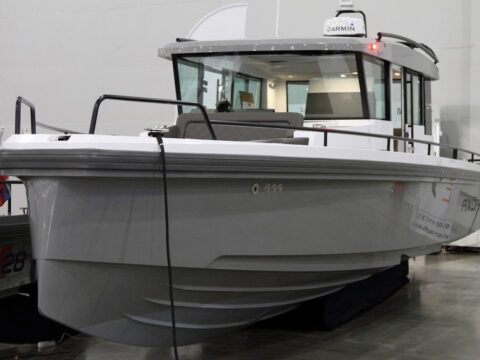Submarines, renowned for their stealth and critical military roles, often embody the pinnacle of naval engineering. Yet, not every submarine has achieved its intended greatness. Several submarines have been abandoned throughout history due to a myriad of issues, ranging from design flaws and mechanical failures to severe operational mishaps. Once celebrated as technological breakthroughs, these vessels frequently became costly and hazardous burdens.
Contents
USS Thresher (SS-200)
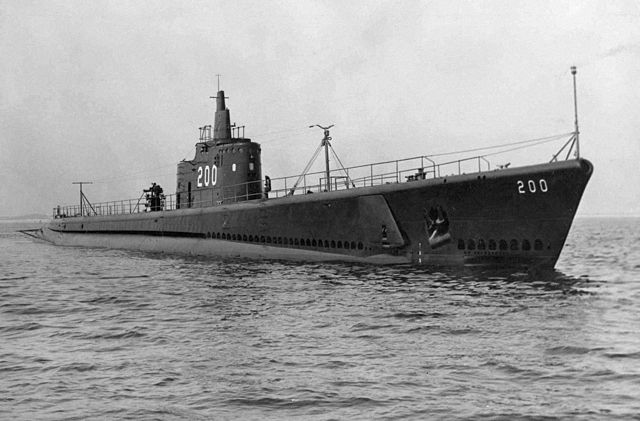
USS Thresher (SS-200) was an early American submarine that suffered from numerous design and operational issues. During World War II, it was plagued by mechanical failures, unreliable propulsion systems, and poor underwater performance. Despite multiple attempts to repair and improve the vessel, its operational effectiveness remained subpar, leading to its eventual decommissioning. The Thresher’s legacy is marked by its inability to meet the demands of wartime service, highlighting the critical need for reliable and robust submarine design.
HMS Truculent (P315)
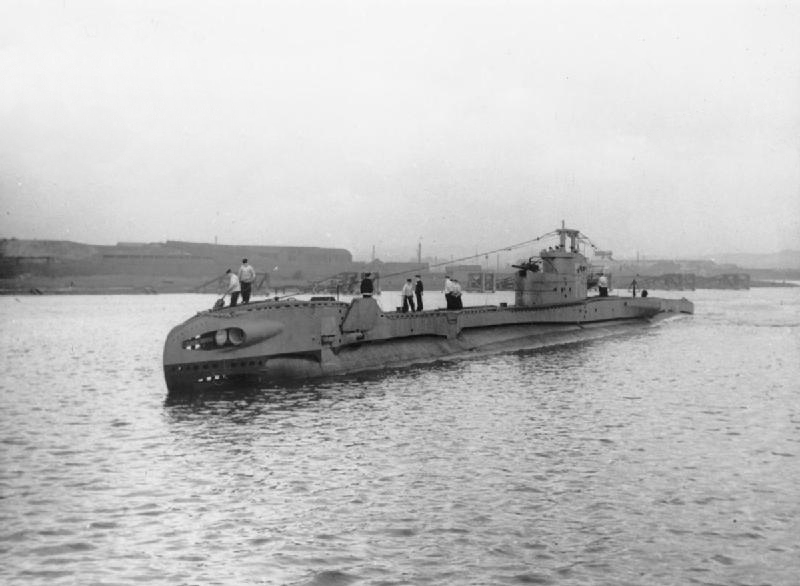
HMS Truculent (P315) was a British submarine that met a tragic end due to a collision in the Thames Estuary in 1950. The submarine’s poor visibility conditions and inadequate navigational systems contributed to the accident, which resulted in significant loss of life. The incident underscored the dangers of inadequate design and the importance of effective communication and navigation aids in submarine operations. The vessel was ultimately abandoned after the collision, as it was deemed too damaged and costly to repair.
HMS Affray (P421)
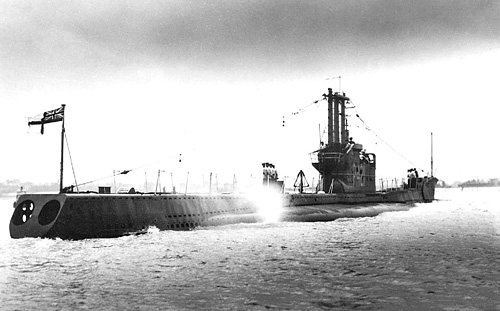
HMS Affray (P421) was a British Amphion-class submarine that met a tragic end in 1951 during a training exercise. The submarine sank in the English Channel, taking all 75 crew members with it. The exact cause of the sinking remains uncertain, but it is believed that a snorkel mast failure led to flooding in the forward compartments. The incident highlighted significant issues with the design and reliability of snorkel systems in submarines, leading to the abandonment of HMS Affray and increased scrutiny on submarine safety measures.
HMS Sidon (P259)
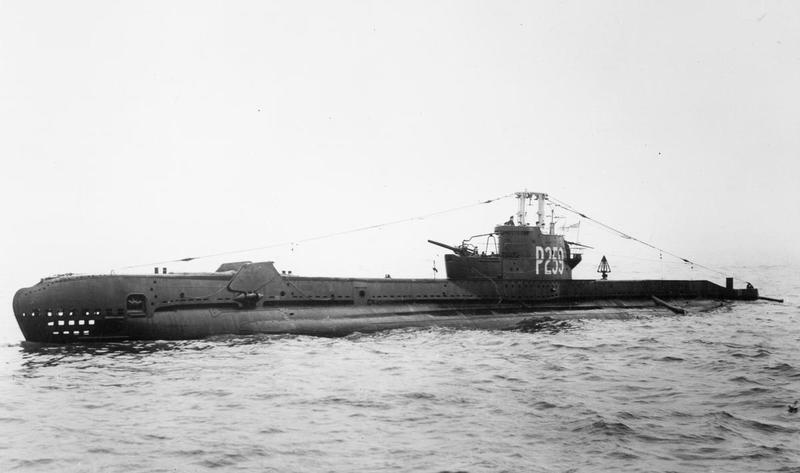
HMS Sidon (P259) was a British submarine that experienced a catastrophic torpedo explosion in 1955. The explosion, caused by a faulty torpedo, highlighted significant safety concerns related to the handling and storage of onboard weapons. The incident resulted in the loss of the submarine and multiple crew members. The tragic event emphasized the need for rigorous safety protocols and reliable weaponry in submarine design. HMS Sidon was abandoned following the disaster due to the extensive damage and loss of life.
USS R-12 (SS-89)
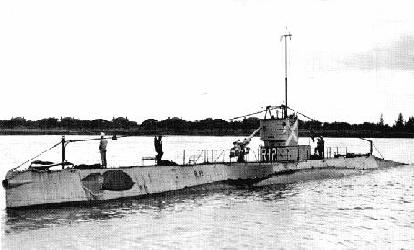
USS R-12 (SS-89) was an R-class submarine of the United States Navy that sank during a training exercise near Key West, Florida, in 1943. The sinking was caused by a sudden and unexplained flooding in the forward battery compartment. Despite the efforts of the crew, the submarine sank quickly, resulting in the loss of 42 men. The exact cause of the flooding was never determined, but the incident underscored the vulnerabilities in older submarine designs and led to the abandonment of USS R-12.
USS Scorpion (SSN-589)

USS Scorpion (SSN-589) was a nuclear-powered attack submarine that tragically sank in 1968 under mysterious circumstances. The exact cause of the sinking remains unclear, but potential factors include mechanical failure, an onboard explosion, or structural weaknesses. The loss of the Scorpion highlighted significant concerns regarding the safety and reliability of early nuclear submarines. The incident led to extensive investigations and improvements in submarine safety protocols, but the vessel itself was abandoned at the bottom of the Atlantic Ocean.
French Surcouf
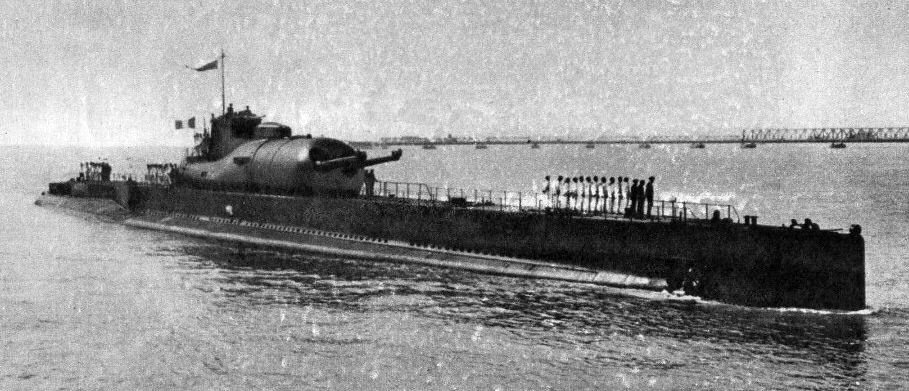
The French submarine Surcouf was an ambitious and innovative design that combined the features of a submarine and a cruiser. However, its large size and complex design resulted in numerous performance issues, including poor maneuverability, slow diving times, and vulnerability to enemy attack. The Surcouf’s operational history was marred by accidents and mechanical failures, leading to its eventual abandonment after it disappeared under mysterious circumstances during World War II.
HMS Seraph (P219)
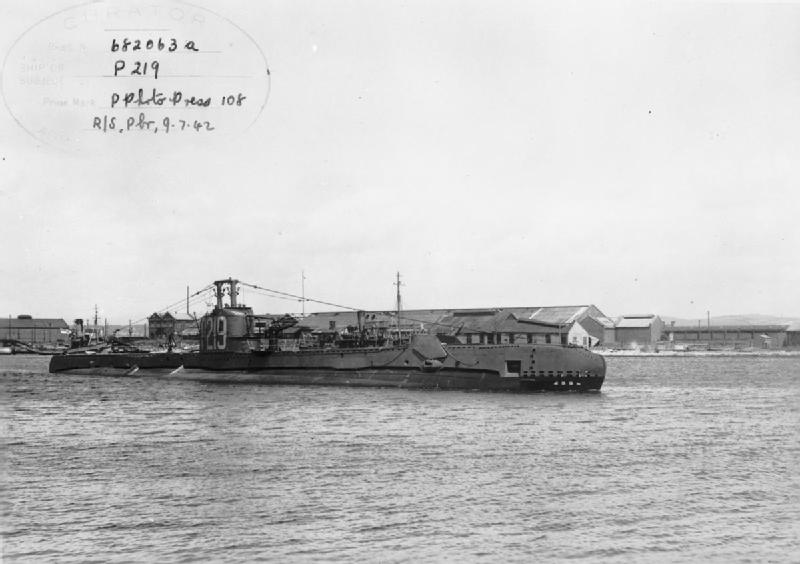
HMS Seraph (P219) was a British S-class submarine that saw extensive service during World War II. Despite its successful wartime record, Seraph faced numerous mechanical and operational issues in the post-war period. Persistent problems with its diesel engines and outdated systems made it increasingly difficult to maintain and operate effectively. By the early 1960s, the decision was made to retire and abandon the vessel, as the cost of modernizing it was deemed prohibitive compared to acquiring new, more advanced submarines.
USS Cochino (SS-345)
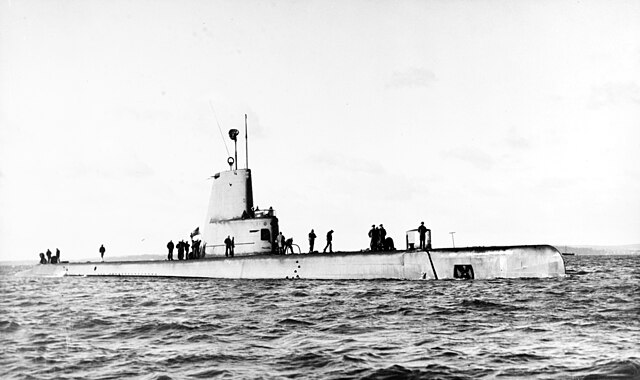
USS Cochino (SS-345) was a Balao-class submarine that encountered severe battery-related issues during a covert mission in the Arctic in 1949. An explosion and fire caused by a battery malfunction led to the submarine taking on water and nearly sinking. Despite heroic efforts to save the vessel, the damage was too extensive, and the decision was made to abandon it. The Cochino incident highlighted the dangers associated with submarine battery systems and the importance of rigorous safety standards.
USS Tang (SS-306)
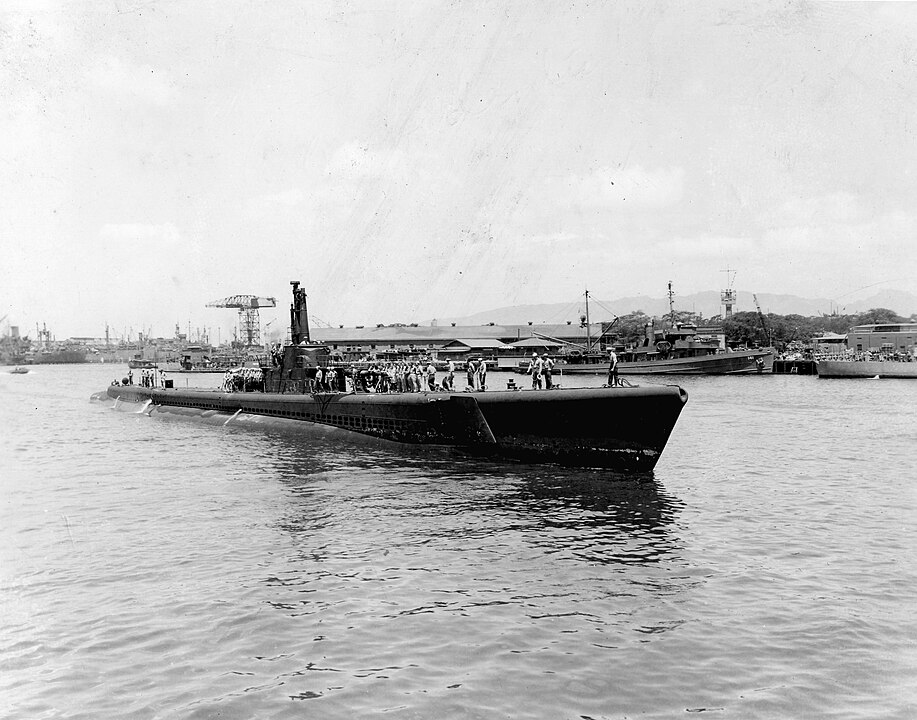
USS Tang (SS-306) was a highly successful American submarine during World War II, but it met a tragic end due to a torpedo malfunction. In 1944, one of its torpedoes made a circular run and struck the submarine, causing it to sink. The incident underscored the inherent dangers of torpedo technology and the importance of reliable weapon systems. The loss of USS Tang was a significant blow to the U.S. Navy, and the submarine was abandoned at the bottom of the ocean.
This article originally appeared on MyCarMakesNoise.
More from MyCarMakesNoise
12 Rare Military Vehicles Collectors Dream About

For military vehicle enthusiasts, the thrill of discovering rare and unique models is unparalleled. These collectors often dream about acquiring the most elusive and historically significant military vehicles. Read More.
15 Reliable 10-Year-Old Cars Built to Last Another Decade

Are you looking to invest in a vehicle that stands the test of time? Our roundup of 10-year-old cars proves that age is just a number when it comes to reliability and durability. Read More.
15 Unreliable Car Brands with High Breakdown Rates

When shopping for a new car, reliability is as crucial as the aesthetic appeal or the features it offers. However, not all vehicles are created equal in this regard. Some brands are notorious for their frequent breakdowns and high maintenance costs, potentially doubling the trouble for their owners compared to the average vehicle. Read More.


